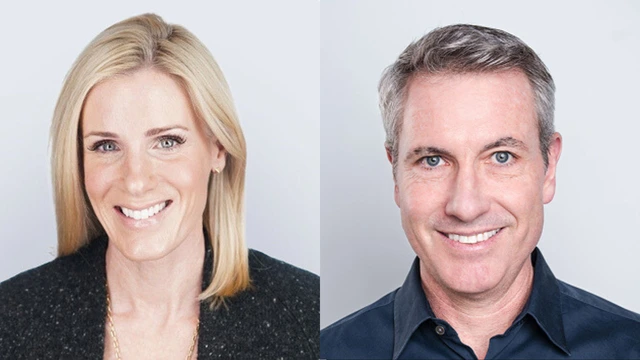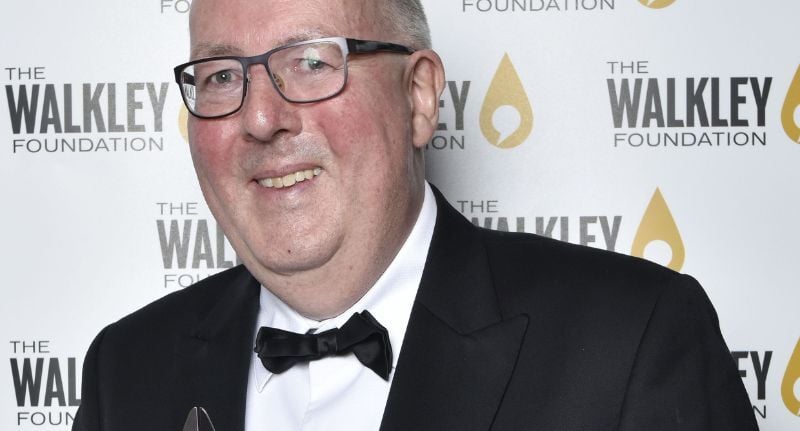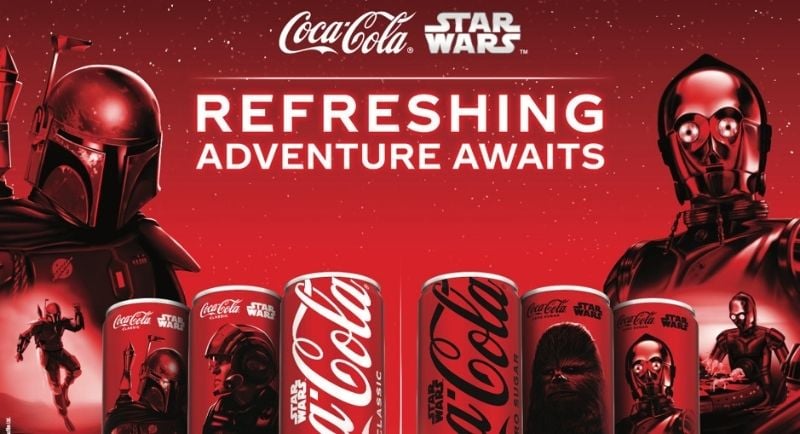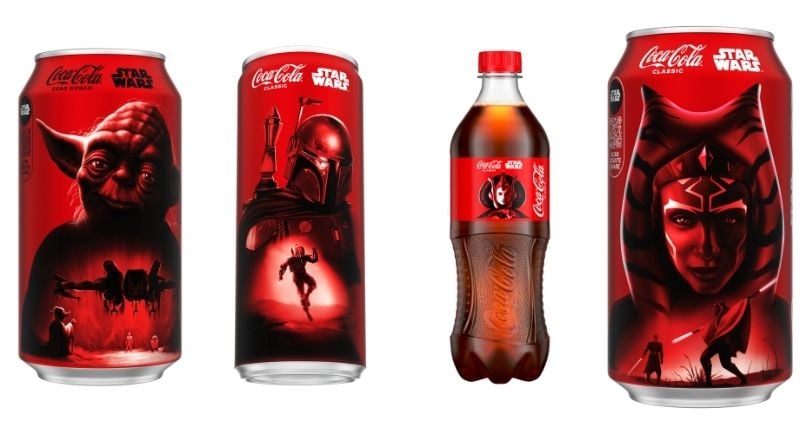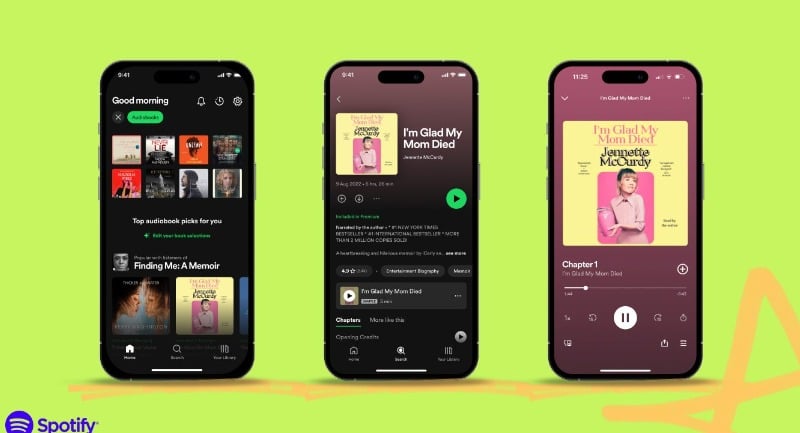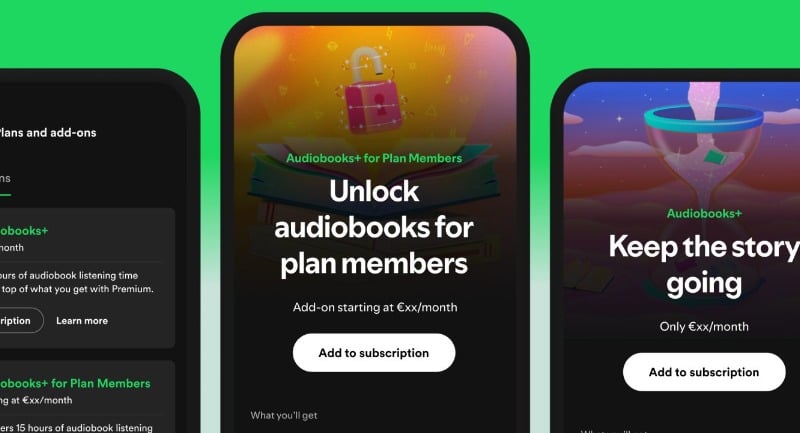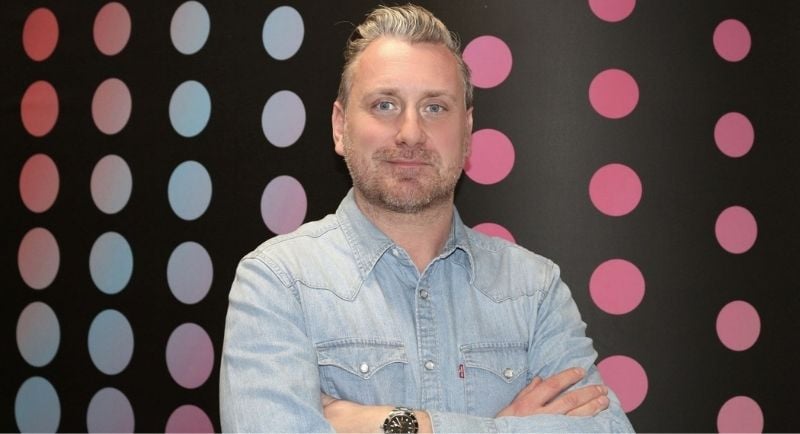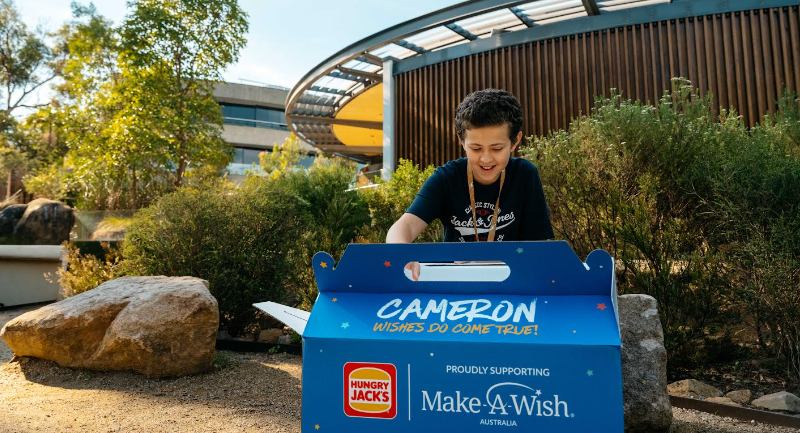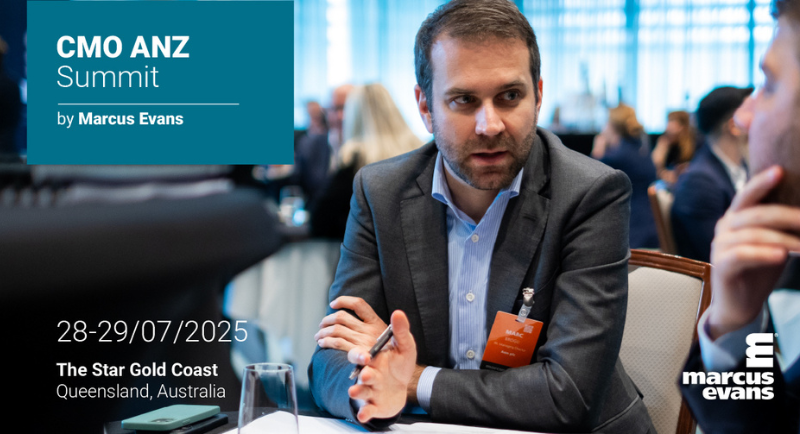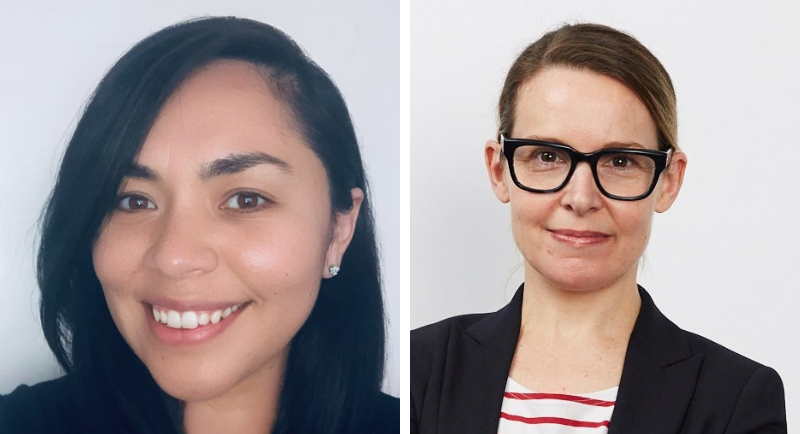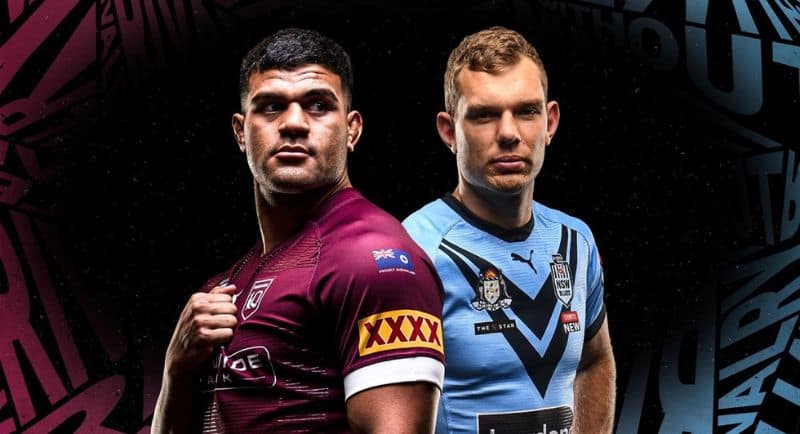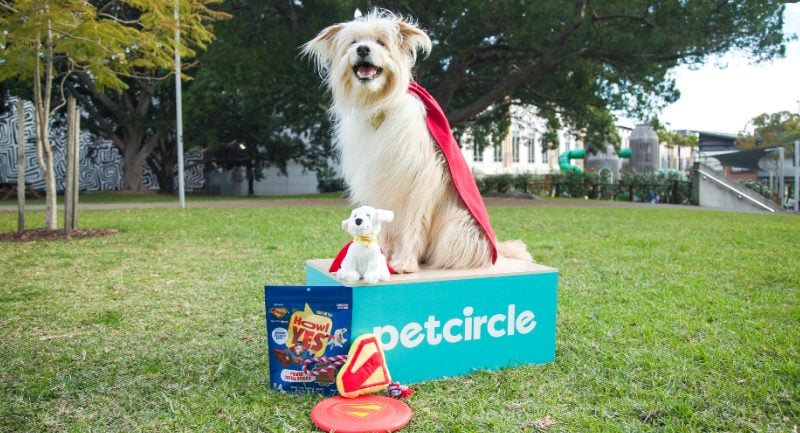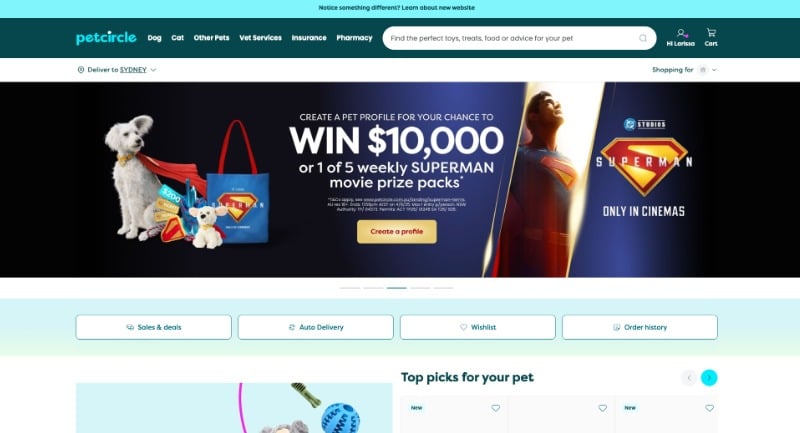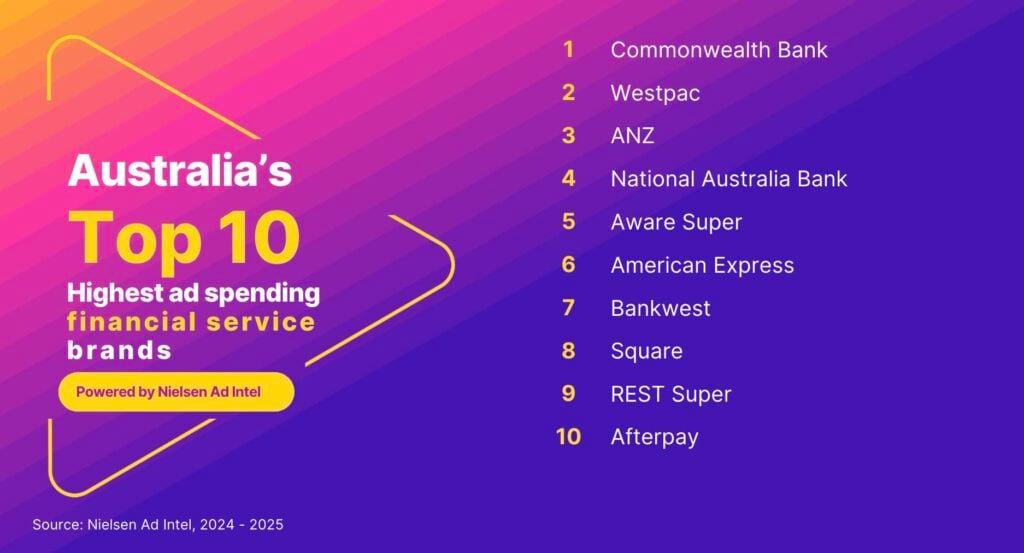To be quite honest, I wasn’t expecting to be impressed in the slightest by Truescope. After all, how different could it be from other media monitoring platforms?
When Truescope CEO John Croll opened up his Macbook to show me the platform, within a moment I could see that Truescope was setting the benchmark for what a modern client should expect from their platform.
As competitors iSentia, Streem, and Meltwater iterate their own products and start to lean further into AI, there is no doubt that they will catch up to what Truescope is offering. But Truescope, a relatively new entrant into the industry, has the head start.
There’s just one caveat you need to know about Truescope: This Australian company doesn’t have any Australian clients. Not yet, at least.
What is Truescope?
It’s a media monitoring company. If you haven’t worked in PR/marketing, or as a media communications staffer, you may not have used a monitoring service, but they’re a widely used, if seldomly talked about, vital service for media practitioners.
Media monitoring services provide companies and representative agencies real-time information of media coverage relevant to their respective business. This might include mentions of the business and key staff, issues of relevance to the business (for example, Coca Cola might be interested in conversations around nutrition or water supply or aluminium can recycling).
Truescope is an Australian company, which launched in 2019. It reports having more than 600 clients and has offices in Australia, New Zealand, Singapore, and the USA. There are approximately 75 Truescope employees, with a small 12-person developer team in Australia. There is a larger customer-focused team servicing New Zealand where they have around 270 clients.

The Truescope platform
The man behind Truescope is CEO John Croll. I met with John Croll at the Truescope offices in Sydney.
John Croll is a life-long media monitoring professional. He’s best known as the former CEO of media monitoring industry leader iSentia. Croll joined the industry in his early 20s when, directionless, he joined his father’s print clipping business.
“He pretty much said: ‘You’re rowing badly, you’re doing uni badly and you’re working badly, do something.
“I was just rowing and I needed a job,” Croll said.
His father, a former journalist, was running media training for prime ministers, company presidents, and senior executives from Coca-Cola in Atlanta. He’d identify issues that were needed for media training and had his son track down news stories they could use to hit clients with unexpected questions.
That grew into a print monitoring business, which was later sold to the company that would be Media Monitors (which was later rebranded as iSentia).
For full transparency, I used to work for John Croll. He was CEO when I was on staff in the Brisbane office of iSentia. For this interview, I spoke with John for an hour. That was about 55 minutes longer than I had spoken to him across the couple of years I spent working at the company. Since then, I have worked in communications roles where I used iSentia and it’s competitors products. I also helped set up a media monitoring unit within the Queensland State Government.
Why is Truescope so compelling?
Sitting down with Croll, he offered initially to show me the platform. I declined. I’ve spent enough years in and around media monitoring platforms. There was nothing he could show me that I would be impressed by. I was very wrong.
At the end of our interview, he showed me Truescope. I was blown away by how practical and innovative the product is.
Where Truescope has the advantage is that the company was formed in 2019 and has been developing its tech stack during the rise rapid AI development. Competing monitoring platforms are still focused on a dashboard and relatively manual report generation.
Launch Truescope and you’ll be surprised at how much the interface resembles an email platform like gmail. You can view your coverage there and that element of the experience is very similar to what you are getting from competitors. But, it’s when you take that next step and type a bespoke prompt into Truescope that the magic happens.
Just like if using ChatGPT or any other generative AI platform, it will write a report for you. You can have the platform generate, within a moment or so, comprehensive overall detail on your media coverage. It will produce written insights for you and even suggest a few questions you might want to ask the system for further insight.
Gone is the day of a comms manager (or their junior team member) being asked to go through the days coverage and write up a report of the coverage. It’s now easy enough to log in, type the prompt, and have the work done for you while you grab a coffee, read email, or talk to your enthusiastic desk neighbour about watching MAFS from the night before. That report can then be emailed around the company, sent straight to the CEO, or presented in an early morning meeting with speed and confidence in the product.
After using Truescope for a few minutes, the idea of going back to use a competitor platform is a thoroughly disappointing prospect.
As Truescope competitors like iSentia, Streem, and Meltwater further integrate AI into their products, the competitive advantage Truescope has won’t quite be as stark. But right now, purely from the fortune of building the product natively with AI at the core of the product, Truescope has a significant lead.
Of course, it is worth a reminder: Truescope is not available in Australia.
From iSentia to Truescope
The origins of Truescope begin with the 2018 exit of John Croll from iSentia, a company that he led as CEO since 1999.
He told me about his decision to leave iSentia. It came after a rough couple of years that began with iSentia’s 2015 acquisition of content marketing company King Content.
“We probably had about 85% market share at that point. We’re a public company, people are looking for growth from us and we had these amazing client relationships. So we were looking for growth – how can we grow these fantastic relationships? And content marketing was really taking off at that point in time. So from a strategy point of view, we thought it was a really good extension of where we could take the business.
“Our mindset was like clients could have a great array of content ready to go and then as an issue came up into the media and we’d be monitoring those issues, then that would be a great trigger to use that piece of content and get your brand into that conversation early with well-written sort of stuff. It had a good strategy to it.
“We had all the best advisors who all gave it a great tick. But in the end, it came down to my decision. And it probably fell down to a cultural thing between a data-driven process business that was very, very efficient in getting stuff done every day and then a creative business that was all around thinking ‘what would be the new creative content that they could build for a business’ and it never really meshed,” he explained.
Serving as CEO of iSentia had been a passion: “I reckon 18 years of those 20, I really loved it… I do remember the day, just walking down the beach, I said to Susie, my wife, I think I’ll resign tomorrow. And she went: ‘Thank God. You don’t love it anymore.’”
But with some world travel under his belt and a six month break, the heart wanted what the heart wanted.
“I got the itch, you know? And I could see the issues with the legacy tech in the marketplace, not just Australia, but across the board. And I thought, if I could bring together some of the best people I’d worked with, we could do something pretty neat. And I also knew it would be my last gig, so I better do something I know well.
“We did really think there was a problem in how people were being serviced. The products hadn’t changed much. There was a lack of innovation happening in the industry and we thought we could change that.
“There was a lack of innovation happening in the industry, and we thought we could change that. And being able to do it second time through was, we sort of learnt a lot of the lessons. So that’s what got us super interested in doing it.
“And then, yeah, being able to put a team together of people who were really good at what they’d done and sort of probably lost a little bit of the, where they were working. They knew they could come together and we could do something great. Yeah,” Croll said.
Keep on top of the most important media, marketing, and agency news each day with the Mediaweek Morning Report – delivered for free every morning to your inbox.





